Controlling Cutting Tool Cost with Hybrid Geometries
Why purchase redundant tooling and risk losing control of your manufacturing costs? Hybrid cutting tool geometries allow you to perform multiple machining applications with one tool.
All manufacturers in the metal machining industry face the same cutting tool dilemma: determining what machining processes to adopt while keeping cutting tool inventory and cost under control. The balance of cost versus productivity does not always yield the best possible manufacturing solutions or allow for the latest in cutting tool technology. Some manufacturers make production sacrifices to minimize cutting tool inventory and control machining costs. Others may inventory unnecessary cutting tools knowing it is not important to their process.
Fortunately, cutting tool manufacturers are developing technology to ease this dilemma. The new trend of hybrid cutting tool geometries provides machinists and programmers the flexibility to perform multiple machining applications with one tool.
For example, hybrid quad-force geometry is a combination of high-feed geometry, variable flute geometry, variable helix geometry and offset geometry that gives programmers and machinists the flexibility to side/slot, high-feed, trochoidal and plunge/variable plunge mill with one tool. It is not difficult to realize the cost savings when you raise your expectations of cutting tool flexibility.
Hybrid cutting tool geometries can increase productivity by removing the need for tool changes or changes in strategy. It can also remove the need to inventory multiple cutting tool geometries without sacrificing production capability. In fact, by properly utilizing hybrid cutting tool geometries, you can reduce the number of cutting tools you purchase. This trend in cutting tool geometries will force programmers and machinists to challenge their machining processes and the way they currently evaluate tooling.
Hybrid Geometries
The natural progression in chip-making technology is hybrid cutting tool geometries. These new geometries can be a combination of individual cutting tool geometries or an adaptation of cutting edges/edge preparation. And with recent advancements in five- and six-axis grinding technology, geometries available on carbide cutting tools have become limitless. The time has come to let technology drive innovation in cutting tools.
Cutting tool manufacturers are now addressing the high-performance roughing gap. Regardless of the industry jargon, most roughing applications use high-feed, variable-flute, variable-helix or an offset geometry. With quad-force geometry, a single cutting tool combines all four of these geometries and includes all of the manufacturing capability. This gives programmers and machinists the flexibility of choosing the best possible roughing process with a fraction of the cutting tooling library. This hybrid cutting tool geometry is capable of performing high-feed machining, trochoidal machining, side/slot milling and plunge/variable plunge milling.
Most metal machining manufacturers in most industries can take advantage of hybrid geometries to increase their productivity. However, the first step to boosting this machining productivity is for programmers and machinists to adopt a multiple-application tooling strategy for the hybrid geometries. Flexibility without purpose will not yield productivity.
A Hybrid Tooling Strategy
With CAM software advancements, cutting tool manufacturers are forced to provide complimentary solutions. Whether it’s volume milling, vortex milling or rough machining, manufacturing capabilities are rapidly increasing. Incorporating these increased capabilities into your machining strategy is important in order to realize the true benefits. Beautiful tool paths without cutting tool technology will not produce the productivity boost for which you have already paid.
Figures 1-4 show volume milling. This process would normally use two to three tools and require multiple spindle-speed and feed-rate changes. By using a quad-force machining strategy, the same application was achieved with one tool at constant spindle speed and feed rate. The versatility of the hybrid cutting tool geometry often eliminates the need for a re-roughing operation, and the flexibility to switch between machining applications without a tool change increases the “in-the-cut” time.
Furthermore, being able to choose from among the combined geometries enables the programmer or machinist to select the process with the highest metal removal rate. This choice flexibility often also allows use of a smaller-diameter tool, which yields a true “net shape” machining solution.
Summary
The production and manufacturing benefit of hybrid cutting tool geometries is in the flexibility to choose the best possible manufacturing process with a fraction of the tooling library. This new multiple-application hybrid geometry can be applied to most materials in virtually any metal machining industry. This trend in cutting tool geometries will force programmers and machinists to challenge their machining processes and the way they currently evaluate tooling.
Related Content
The Benefits of Hand Scraping
Accuracy and flatness are two benefits of hand scraping that help improve machine loop stiffness, workpiece surface finish and component geometry.
Read MoreMoldmakers Deserve a Total Production Solution
Stability, spindle speed and software are essential consideration for your moldmaking machine tool.
Read MoreLaser Welding Versus Micro Welding
The latest battle in finely detailed restoration/repair of mold materials.
Read MoreMachining Center Spindles: What You Need to Know
Why and how to research spindle technology before purchasing a machining center.
Read MoreRead Next
Button Cutters Reinvented
Button cutters still offer a competitive edge in many manufacturing processes, despite claims they are being phased out.
Read MoreHow to Use Strategic Planning Tools, Data to Manage the Human Side of Business
Q&A with Marion Wells, MMT EAB member and founder of Human Asset Management.
Read MoreHow to Use Continuing Education to Remain Competitive in Moldmaking
Continued training helps moldmakers make tooling decisions and properly use the latest cutting tool to efficiently machine high-quality molds.
Read More
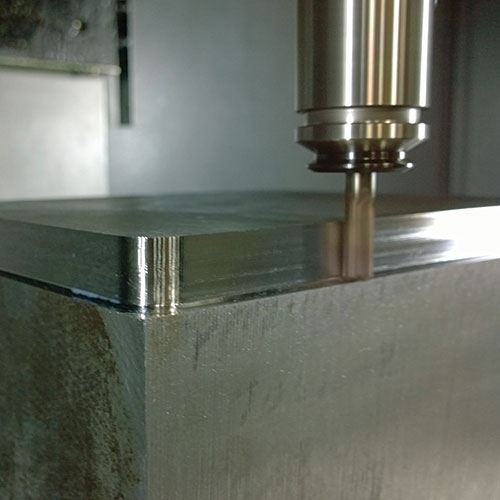

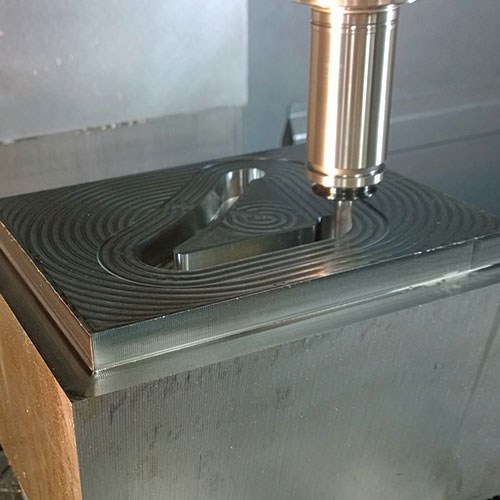
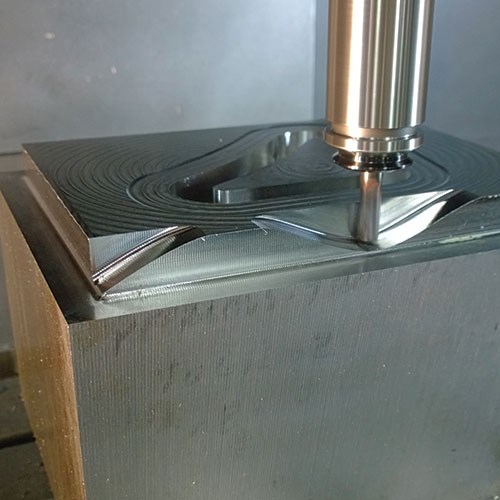
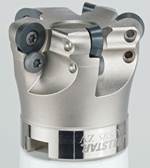









.png;maxWidth=300;quality=90)







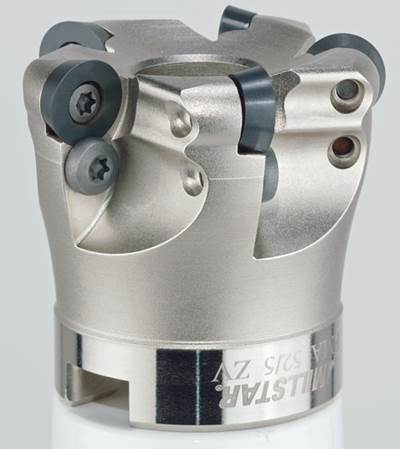


.png;maxWidth=970;quality=90)